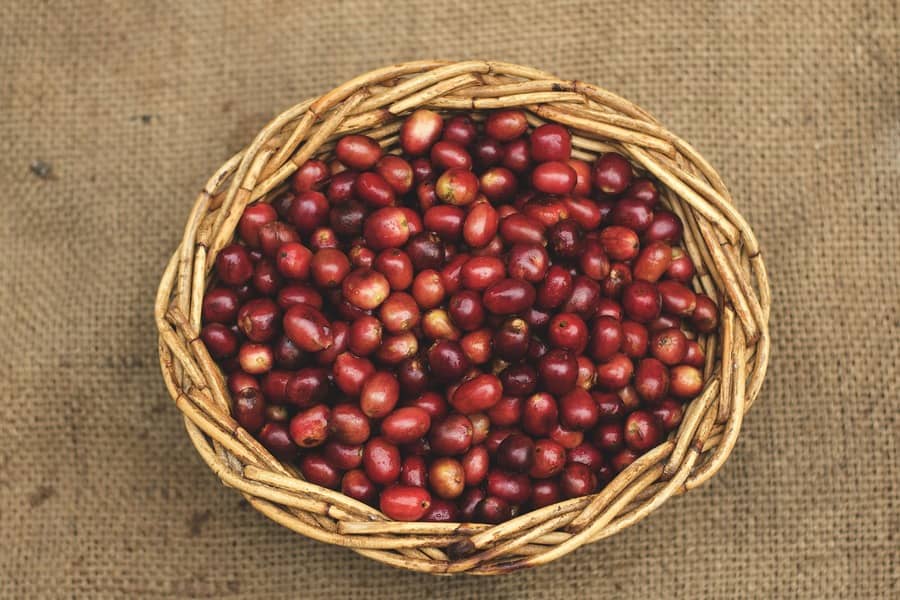Brazilian physical coffee-trading regions were even emptier, given the scare caused by the decline in coffee prices. The fact is that the internal physical market succumbed to the external tumble, which increased the spread between bids and offers and great difficulty in finding a price reference. There were some isolated business attempts, but bids and offers were quite distant from each other, which only confirms the difficulty in finding a reference for the market at that time. For good cup from southern Minas Gerais, bids were between BRL 910 and 920, far from the offers of BRL 990 a bag. The difference between BRL 70 and 80 a bag is quite significant of the current market moment, in which growers focus on the off-season and narrow physical availability, thereby trying to detach from the internal reality of the external bearish behavior, while buyers remain aligned with the ICE/dollar combo, which is weaker. The good signs for the next Brazilian crop are making the market tilting toward buyers.
The monitoring of the real price of a bag of good cup in southern Minas Gerais (deflated by IGP-M) confirms the new decline, as well as the convergence toward the 5-year average. The real price (which measures the purchasing power of a coffee bag) is well below the beginning of last year, when coffee changed hands above BRL 1,500 a bag, but above January 2021 and slightly higher than the 5-year average. The curve of real prices signals the consolidation of recent losses and takes a new step toward the arrival of Brazil’s 2023 crop. The nominal indication for Sep/23 is around BRL 920 to 980 a bag, still slightly above the 5-year deflated average for the month of September.
(grafico: preço Sul de Minas real – comparativo deflacionado)
Cerrado’s fine cup is indicated in nominal terms between BRL 960 and 1,050 a bag and follows the behavior of good cup. Bids are still very much linked to the losses on ICE US and the retreat in the dollar, while sellers show resistance in the face of short physical availability. Rio cup from the Matas de Minas region is bidded at BRL 850 and offered at BRL 920 per bag. External interest ends up alleviating the effects of the negative pressure on the stock exchange and allowing relative gains for weaker arabica cups.
Conillon, in turn, shows strength to resist the negative pressure coming from the outside. It finds support in domestic demand, especially in the roasted and ground industry. Conillon 7/8 from Colatina is indicated between BRL 680 and 700 a bag. In any case, conillon is more limited to the internal marketing dynamics, since the very high premium practiced at FOB port inhibits external interest in the description.

